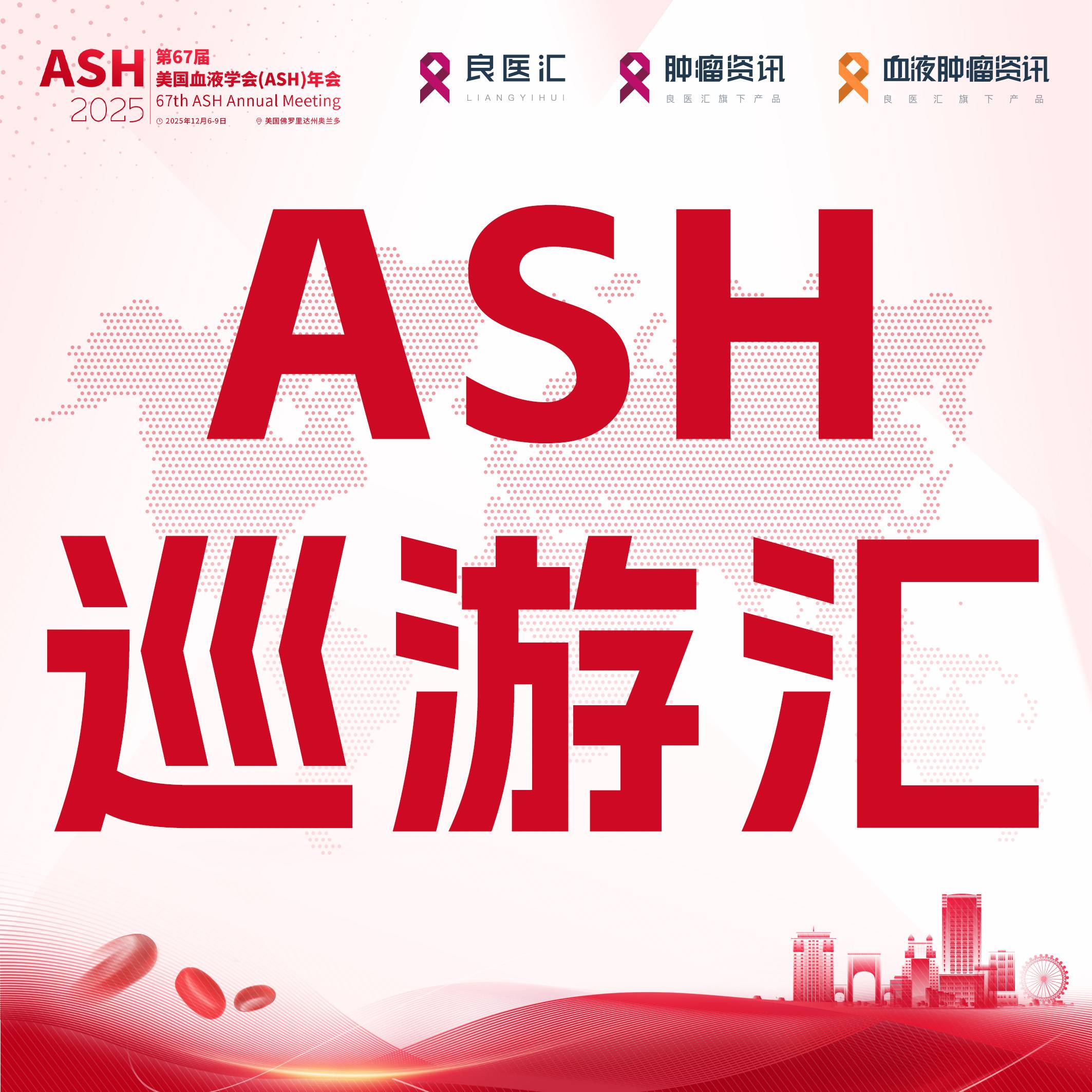
以下内容原文发布于AACR官方博客《Cancer Research Catalyst 》, 中文内容仅做参考。
把你的脱氧核糖核酸(DNA)想象成一根鞋带。如果没有金属箍保护两端,会发生什么?会磨损,对吧?
我们的DNA也有末端损伤的风险,但幸运的是,被称为端粒的DNA片段(英文telomeres,其词根在希腊语中是末端的意思)有助于限制这种损伤。这些重复的DNA序列存在于染色体末端,作为一种缓冲来防止DNA内部的蛋白质编码序列受到损伤。
端粒还有助于保护DNA的编码区免受正常DNA复制的不利影响。由于DNA复制的独特方式,端粒会随着每一轮复制而逐渐缩短。最终,端粒会因变得过短而无法保护DNA,这便向细胞发出了信号:是时候停止复制(一种被称为衰老的停滞状态)或启动细胞死亡了。这种调控过程有助于限制单个细胞能够复制的次数,从而防止像癌细胞那样不受控的扩增疯长。
但是,正如癌症会调控诸多过程一样,癌症也会调控端粒的长度。
The End Game: Targeting Telomere Processing in Cancer
By Neha J. Pancholi, PhD
Imagine your DNA as a shoelace. What would happen to the ends if there were no aglets there to protect them? They would fray, right?
Our DNA is also at risk of damage at its ends, but fortunately, DNA segments called telomeres, from the Greek root “telo” for end, help to limit this damage. Found at the ends of chromosomes, these repetitive DNA sequences serve as a buffer to prevent damage to the inner protein-coding sequences of DNA.
Telomeres also help shield coding regions of DNA from the adverse impacts of normal DNA replication. Because of the unique way that DNA is replicated, telomeres get progressively shorter with each round of replication. Eventually, the telomere becomes too short to protect the DNA, which signals to the cell that it is time to stop replicating (an arrested state known as senescence) or to initiate cell death. This regulatory process helps limit the number of times a single cell can replicate, thereby preventing the unregulated growth that is characteristic of cancer.
But just as so many regulatory processes are co-opted in cancers, so, too, are processes regulating telomere length.
TELOMERE LENGTH AND CANCER
The vast majority of cancer cells express telomerase, a protein that restores telomere length and that is turned off in most normal cells. By maintaining telomere length, cancer cells avoid telomere shortening and circumvent limitations to replication. This allows telomerase-expressing cancer cells to divide indefinitely, one of the hallmarks of cancer.
Conversely, telomere shortening can also lead to cancer. Without the protective effects of telomeres, DNA is susceptible to various forms of damage, which can result in cancer-causing mutations. In line with this, a study published in the AACR journal Cancer Epidemiology, Biomarkers & Prevention found that telomere shortening was associated with increased breast cancer risk in individuals with mutations in the DNA repair gene BRCA2.
Beyond impacting cancer initiation, telomere length is also associated with patient outcomes and tumor features. A study from Cancer Epidemiology, Biomarkers & Prevention found that in patients with pancreatic cancer, the pre-diagnosis length of telomeres in certain immune cells was associated with survival, with patients with shorter pre-diagnosis telomeres having significantly reduced survival. Shortened telomeres may also increase the risk of metastasis and death in patients with prostate cancer, according to results published in Cancer Discovery in 2013. A separate study found that telomere length affected clinical features of prostate cancers, such as the risk of biochemical relapse, and influenced the genetic makeup of the tumor.
Researchers continue to study the relationship between telomere length and cancer to better understand mechanisms of cancer progression and uncover therapeutic opportunities.
FACTORS INFLUENCING TELOMERE LENGTH
One question under investigation: What influences telomere length?
Research has demonstrated that both lifestyle and genetic factors may have an impact.
A study published in the AACR journal Cancer Prevention Research found that obesity was associated with telomere shortening in the stromal cells of patients with advanced, high-grade prostate cancer. In contrast, this association was not observed in patients with less aggressive prostate cancer. Their findings reveal a potential mechanism by which obesity might increase the risk of having aggressive prostate cancer and of dying from the disease. In addition, some reports have indicated that increased physical activity could delay telomere shortening in breast cancer cells; however, other studies have not found a link, highlighting the need for further research.
Genetic alterations may also contribute to telomere length. In a recent study, researchers identified two hereditary mutations in the TINF2 gene in several cancer-prone families. TINF2 encodes TIN2, a regulatory protein that normally inhibits telomere elongation by telomerase. The newly identified mutations prevented TIN2 from fulfilling this role, resulting in abnormally long telomeres. The authors proposed that longer telomeres could allow cells to circumvent senescence, potentially explaining why these families had an increased risk for cancer.
Telomere length is also impacted by mutations in the ATRX and DAXX genes, according to a large-scale genome analysis of diverse tumors. These genes encode proteins that normally repress a telomerase-independent mechanism of telomere maintenance. The analysis found that tumors that expressed truncated versions of ATRX or DAXX had more telomere DNA than tumors expressing the full-length proteins, suggesting that truncating mutations in ATRX and/or DAXX may promote telomere maintenance in cancer. In addition, mutations that upregulate the expression of telomerase—such as changes to its promoter, chromosomal rearrangements, or the expression of regulatory proteins—contribute to telomere lengthening.
CLINICAL ADVANCES IN TARGETING TELOMERE PROCESSING
Given the impact of telomere length on cancer, researchers are interested in developing therapies that target telomeres and the proteins controlling their length.
Telomerase inhibition
One approach is to inhibit the telomerase enzyme to prevent telomere elongation. The investigational therapeutic imetelstat directly binds to the telomere-binding region of telomerase, thereby preventing telomerase from performing its telomere-restoring function. In cell lines, imetelstat led to senescence or cell death, both of which were correlated with telomere shortening. In mouse models, imetelstat-mediated suppression of tumor growth was dependent on telomere length in most cases.
To date, imetelstat is the only direct inhibitor of telomerase that has entered clinical trials, which have shown that imetelstat may be effective in patients with certain rare hematologic cancers. One phase II clinical trial evaluated the inhibitor in patients with essential thrombocytopenia, a sometimes malignant disease in which the body produces excess platelets. All 18 patients enrolled in the trial responded to the therapy, with 16 of these patients having complete responses.
In additional phase II trials, imetelstat led to responses and longer overall survival in some patients with a rare bone marrow cancer, myelofibrosis. Imetelstat also led to transfusion independence in patients with bone marrow cancers who were previously transfusion-dependent.
Based on these phase II trial results, a phase III clinical trial has been initiated to evaluate imetelstat vs. placebo in transfusion-dependent patients with bone marrow cancers.
Despite its activity against hematologic malignancies, imetelstat has not shown clinical activity against solid tumors.
Telomerase-targeted immunotherapy
For solid tumors, researchers are exploring the potential of therapeutic DNA vaccines. These vaccines deliver DNA that encodes a modified version of TERT, the active subunit of telomerase, into cells. Vaccine-induced expression of TERT helps the body develop an immune response against telomerase-expressing cells, which then enables the immune system to target cancer cells, over 85 percent of which express telomerase.
This approach has had some success in recent clinical trials. The INVAC-1 vaccine, developed by Invectys, was evaluated in 26 patients with advanced solid tumors that had relapsed or stopped responding to standard treatment. Phase I clinical trial data were published in the AACR journal Clinical Cancer Research and presented at the AACR Annual Meeting 2021: 58 percent of patients in the trial experienced disease stabilization, and the median overall survival was 15 months, with over 65 percent of patients surviving at least one year. Molecular analyses of patient samples showed that INVAC-1 administration increased immune responses directed to TERT, which were associated with longer survival. However, stable disease lasted for less than three months.
TERT-encoding DNA vaccines developed by Inovio have also shown promising clinical results. A phase I clinical trial evaluated two vaccines, INO-1400 and INO-1401, each with different modifications to the TERT gene, in 93 patients with various solid tumors. Patients received either vaccine alone or in combination with an IL-12-encoding DNA vaccine. Almost 55 percent of patients across all treatment arms were disease-free 18 months after treatment. Analyses of patient samples revealed that vaccination with either INO-1400 or INO-1401 induced TERT-specific immune activity, which was amplified in patients who also received the IL-12-encoding vaccine.
A separate phase I/II clinical trial evaluated an additional TERT-encoding DNA vaccine from Inovio, INO-5401. This vaccine encodes a modified TERT along with two additional cancer antigens, WT1 and PSMA. The trial evaluated INO-5401 in combination with an IL-12-encoding vaccine and the immune checkpoint inhibitor cemiplimab (Libtayo) in 52 patients with newly diagnosed glioblastoma, an aggressive and lethal brain cancer.
According to a press release issued by Inovio, patients whose glioblastomas were positive for a biomarker called MGMT methylation had a median overall survival of 32.5 months after treatment, which was greater than the overall survival historically observed in this population.
The TERT-encoding DNA vaccines developed by Invectys and Inovio were shown to be well tolerated in their respective clinical trials.
Induction of telomere damage
Another strategy that researchers are pursuing is to exploit the rapid telomere synthesis that occurs in telomerase-positive cancer cells to induce DNA damage and immune activation. To that end, researchers have evaluated a nucleoside analog called 6-thio-2’-deoxyguanosine, or THIO for short, that incorporates into newly synthesized telomere DNA.
In preclinical models, treatment with THIO led to telomere damage and subsequent activation of the cGAS/STING pathway, which induces antitumor immune responses, as explained in a prior blog post. The antitumor effect was further enhanced by combining THIO with an immune checkpoint inhibitor. This therapeutic approach is being tested in an ongoing clinical trial for patients with advanced lung cancer.
Given that telomeres help protect our cells against cancer, it is no surprise that tight regulation of these sequences is critical. Fortunately, researchers continue to explore the lifestyle and genetic factors that lead to telomere dysregulation, helping them move closer to developing cancer treatments that target this phenomenon.











 苏公网安备32059002004080号
苏公网安备32059002004080号


